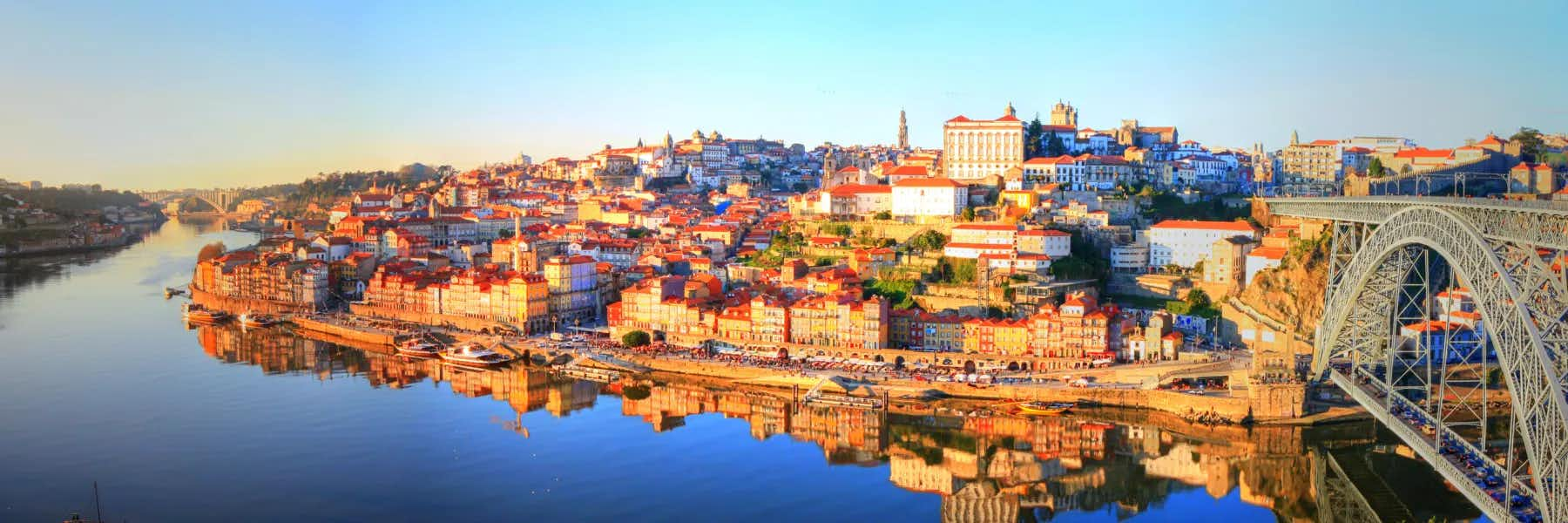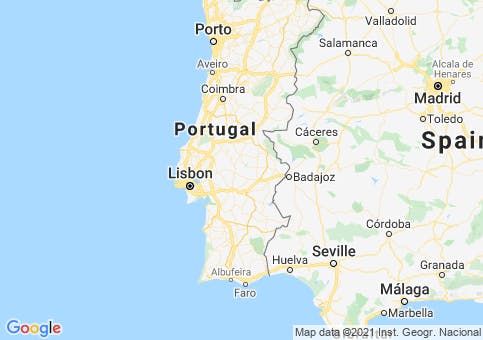Portugal has become a diversified and increasingly service-based economy since joining the European Community—the EU’s predecessor—in 1986.
The economy had grown by more than the EU average for much of the 1990s, but fell back in 2001-08, and contracted 2.5% in 2009, before growing 1.3% in 2010. But GDP fell again in 2011, as the government implemented austerity measures. GDP per capita stands at roughly two-thirds of the EU-27 average.
Portugal also has been increasingly overshadowed by lower-cost producers in Central Europe and Asia as a destination for foreign direct investment, in part because its rigid labor market hindered greater productivity and growth.
Get Your Free Portugal Report Today!
Get Your Free Portugal Report Today!
Discover why we love a slower pace of life in Portugal and info on other European countries in our daily postcard e-letter. Simply enter your email address below and we’ll send you a FREE REPORT – Explore the Old World in Laidback Portugal.

By submitting your email address, you will receive a free subscription to IL Postcards and special offers from International Living and our affiliates. You can unsubscribe at any time, and we encourage you to read more about our Privacy Policy.
However the government has enacted several measures to introduce more flexibility into the labor market, and, this, along with steps to reduce high levels of public debt, could make Portugal more attractive to foreign investors. The government reduced the budget deficit from 10.1% of GDP in 2009 to 4.5% in 2011, an achievement made possible only by the extraordinary revenues obtained from the one-time transfer of bank pension funds to the social security system.

The budget deficit worsened in 2012 as a sharp reduction in domestic consumption took a bigger bite out of value-added tax revenues while rising unemployment benefits increased expenditures more than anticipated.
Labor force: 5.223 million (2015 est.)
Labor force by occupation:
Agriculture: 8.6%
Industry: 23.9%
Services: 67.5% (2014 est.)
Exports: $57.2 billion (2015 est.)
Export commodities: Agricultural products, food products, wine, oil products, chemical products, plastics and rubber, hides, leather, wood and cork, wood pulp and paper, textile materials, clothing, footwear, machinery and tools, base metals.
Imports: $66.44 billion (2015 est.)
Import commodities: Agricultural products, chemical products, vehicles and other transport material, and optical and precision instruments, computer accessories and parts, semi-conductors and related devices, oil products, base metals, food products, and textile materials.
Source: CIA The World Factbook
Get Your Free Portugal Report Today!
Get Your Free Portugal Report Today!
Discover why we love a slower pace of life in Portugal and info on other European countries in our daily postcard e-letter. Simply enter your email address below and we’ll send you a FREE REPORT – Explore the Old World in Laidback Portugal.

By submitting your email address, you will receive a free subscription to IL Postcards and special offers from International Living and our affiliates. You can unsubscribe at any time, and we encourage you to read more about our Privacy Policy.











